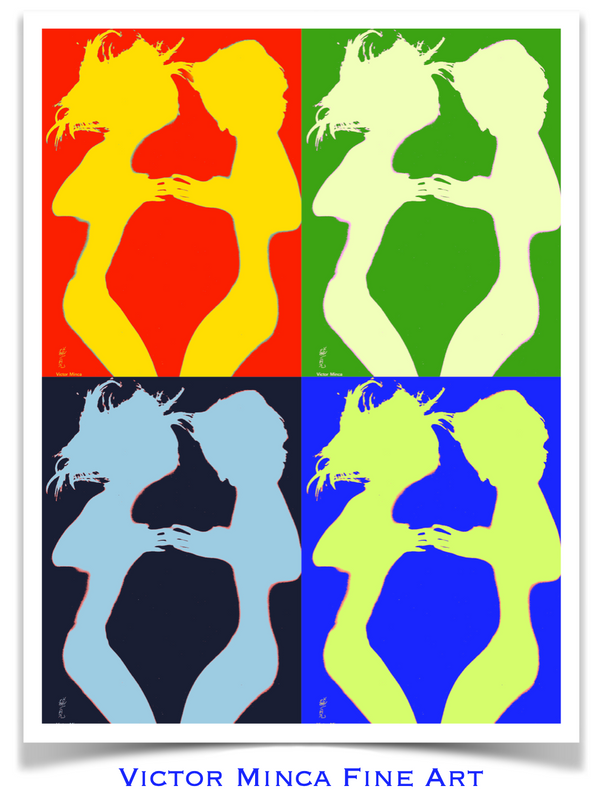Post-classical cinema is the term used to describe the changing methods of storytelling in the New Hollywood. It has been argued that new approaches to drama and characterization played upon audience expectations acquired in the classical period: chronology may be scrambled, storylines may feature "twist endings", and lines between the antagonist and protagonist may be blurred. The roots of post-classical storytelling may be seen in film noir, in Rebel Without a Cause (1955), and in Hitchcock's storyline-shattering Psycho.
The New Hollywood describes the emergence of a new generation of film school-trained directors who had absorbed the techniques developed in Europe in the 1960s; The 1967 film Bonnie and Clyde marked the beginning of American cinema rebounding as well, as a new generation of films would afterwards gain success at the box offices as well. Filmmakers like Francis Ford Coppola, George Lucas, Martin Scorsese, Roman Polanski, and William Friedkin came to produce fare that paid homage to the history of film, and developed upon existing genres and techniques.
In the early 1970s, the films of New Hollywood filmmakers were often both critically acclaimed and commercially successful. While the early New Hollywood films like Bonnie and Clyde and Easy Rider had been relatively low-budget affairs with amoral heroes and increased sexuality and violence, the enormous success enjoyed by Friedkin with The Exorcist, Spielberg with Jaws, Coppola with The Godfather and Apocalypse Now, Scorsese with Taxi Driver, Kubrick with 2001: A Space Odyssey, Polanski with Chinatown, and Lucas with American Graffiti and Star Wars, respectively helped to give rise to the modern "blockbuster", and induced studios to focus ever more heavily on trying to produce enormous hits.
The New Hollywood describes the emergence of a new generation of film school-trained directors who had absorbed the techniques developed in Europe in the 1960s; The 1967 film Bonnie and Clyde marked the beginning of American cinema rebounding as well, as a new generation of films would afterwards gain success at the box offices as well. Filmmakers like Francis Ford Coppola, George Lucas, Martin Scorsese, Roman Polanski, and William Friedkin came to produce fare that paid homage to the history of film, and developed upon existing genres and techniques.
In the early 1970s, the films of New Hollywood filmmakers were often both critically acclaimed and commercially successful. While the early New Hollywood films like Bonnie and Clyde and Easy Rider had been relatively low-budget affairs with amoral heroes and increased sexuality and violence, the enormous success enjoyed by Friedkin with The Exorcist, Spielberg with Jaws, Coppola with The Godfather and Apocalypse Now, Scorsese with Taxi Driver, Kubrick with 2001: A Space Odyssey, Polanski with Chinatown, and Lucas with American Graffiti and Star Wars, respectively helped to give rise to the modern "blockbuster", and induced studios to focus ever more heavily on trying to produce enormous hits.









